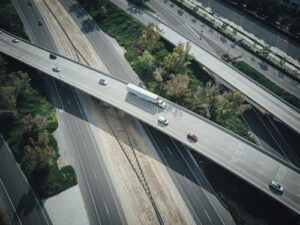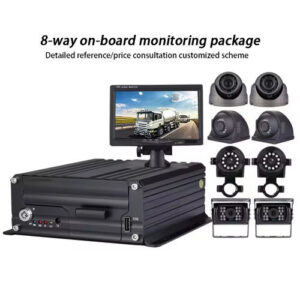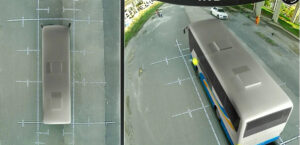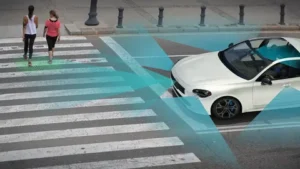Reverse cameras, also known as backup cameras, have become indispensable in modern vehicles. These devices provide drivers with a clear view of the area behind their vehicle, reducing blind spots and preventing accidents. With advanced features like night vision, wide-angle lenses, and real-time video feeds, reverse cameras have transformed how we drive and park. This article explores the key benefits, applications, and features of reverse cameras, and why they are a must-have for safer driving.
What Is a Reverse Camera?
A reverse camera is a small, high-resolution camera mounted at the rear of a vehicle. It connects to the vehicle’s dashboard screen or rearview mirror display, providing real-time video footage of the area behind the car. According to Geotab, reverse cameras significantly reduce the risk of collisions during parking and reversing.
Key Benefits of Reverse Cameras
1. Enhanced Safety
Reverse cameras eliminate blind spots, giving drivers a clear view of obstacles, pedestrians, or other vehicles. Studies from the NHTSA show that vehicles equipped with reverse cameras experience 20% fewer reversing accidents.
2. Improved Parking Precision
Reverse cameras assist drivers in parking accurately by providing guidelines on the screen that indicate the vehicle’s trajectory. This feature is especially useful in tight urban parking spaces.
3. Increased Driver Confidence
By providing a real-time view of the rear surroundings, reverse cameras help drivers feel more confident while reversing or parking, especially in challenging conditions like night or rain.
4. Protection Against Collisions
Many reverse cameras are equipped with sensors that provide audio or visual alerts when an object is detected within a certain range, further reducing the likelihood of accidents.
5. Valuable Evidence
In case of accidents or disputes, the footage recorded by reverse cameras can serve as reliable evidence, protecting drivers from liability or fraud.
Applications of Reverse Cameras
Reverse cameras are used in various vehicle types and industries, making them a versatile safety tool:
- Personal Vehicles: Assisting with everyday parking and reversing tasks.
- Commercial Fleets: Ensuring driver safety and reducing operational costs.
- Public Transport: Protecting passengers and pedestrians by improving driver visibility.
- Construction Vehicles: Enhancing safety on busy or hazardous worksites.
Key Features of Reverse Cameras
When selecting a reverse camera, consider these essential features:
- High-Definition Video: Provides clear and detailed visuals for precise reversing.
- Wide-Angle Lenses: Covers a broader area to reduce blind spots.
- Night Vision: Ensures visibility in low-light or nighttime conditions.
- Weatherproof Design: Protects the camera from rain, dust, and extreme temperatures.
- Integrated Sensors: Offers audio or visual alerts for added safety.
Advanced Features in Modern Reverse Cameras
Modern reverse cameras are equipped with advanced technologies that enhance their functionality:
1. Dynamic Trajectory Lines
These guidelines move as the driver turns the steering wheel, providing an accurate prediction of the vehicle’s path.
2. Integration with Parking Assistance Systems
Reverse cameras can be integrated with parking sensors and automated parking systems, making reversing and parking effortless.
3. Split-Screen Views
Many cameras offer split-screen functionality, displaying multiple angles simultaneously for comprehensive coverage.
4. 360-Degree Systems
Advanced reverse camera setups are part of 360-degree systems, providing a bird’s-eye view of the vehicle’s surroundings.
How to Choose the Right Reverse Camera
Selecting the right reverse camera depends on your vehicle type, usage, and specific needs. Key factors to consider include:
- Compatibility: Ensure the camera is compatible with your vehicle’s existing display system.
- Resolution: Look for a camera with at least 720p resolution for clear visuals.
- Field of View: Choose a wide-angle lens for maximum coverage.
- Installation Requirements: Opt for easy-to-install models if you prefer a DIY setup.
- Price: Balance features with budget to find a camera that meets your requirements.
Conclusion
Reverse cameras are essential tools for safer and more efficient driving. From improving visibility and precision to protecting against collisions, these devices offer unmatched benefits for all types of vehicles. With advancements in technology, reverse cameras are becoming smarter, more reliable, and easier to use. Invest in a reverse camera today to experience a safer and more confident driving journey.






